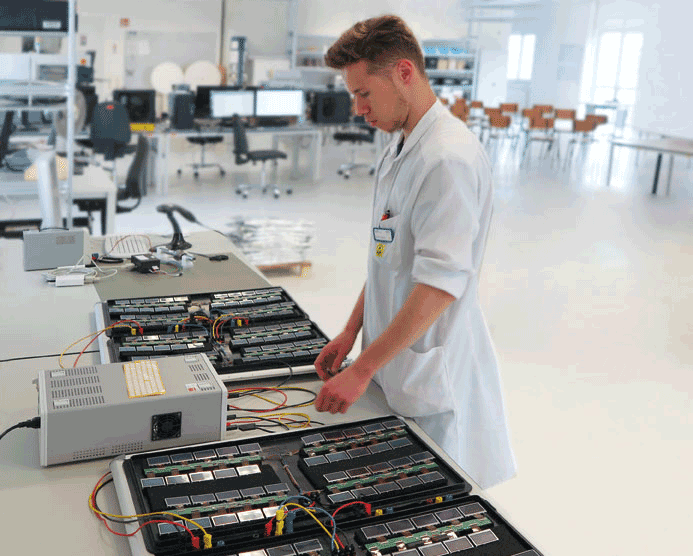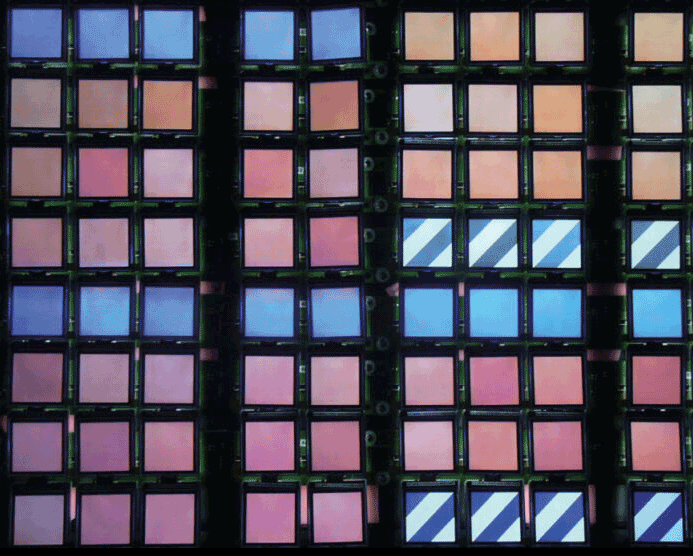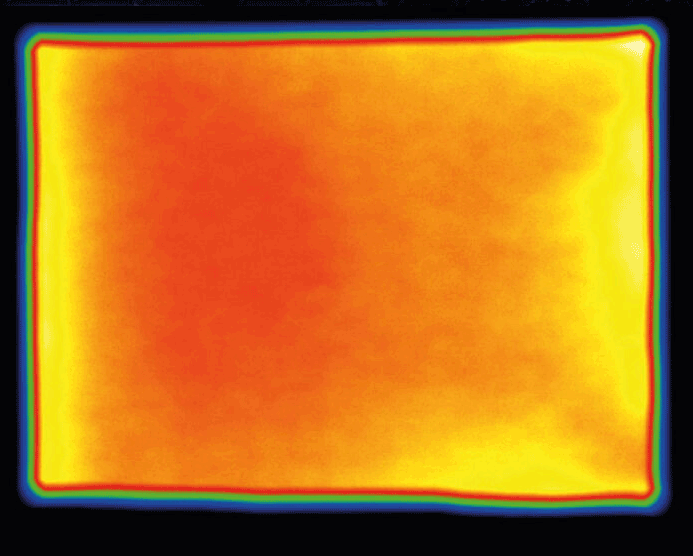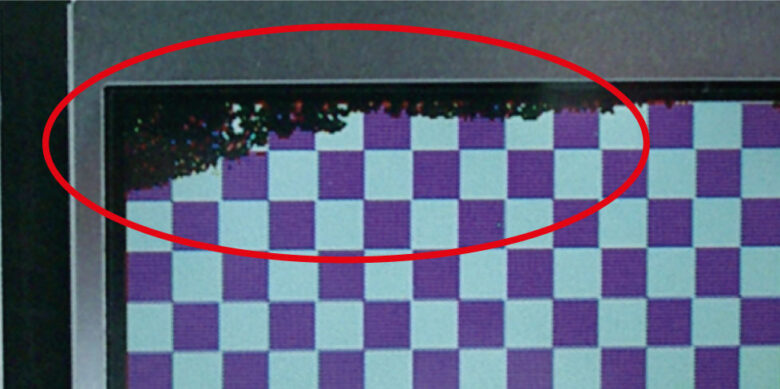HTV-TAB®-Long-Term Conservation and Storage of displays
Peculiarities of displays:
- A complex composition of wildly diverse materials (adhesives, functional films, liquid crystals, circuit board materials, control electronics, potting compounds, OCA layers, ribbon cables, etc.)
- Unpredictable interactions between the individual components (e.g., outgassing of adhesives)
- Display pixels may lose their function
- Changes of the optical properties (contrast, brightness, colours etc.)



The TAB®-Long-Term Conservation is of particular importance for displays, an important and strongly growing market.
The need for long-term availability of spare parts faces increasing incompatibility due to gradually shorter innovation cycles. However, conventional storage is very critical for many display components, such as the various functional films (e.g. polarizers, scattering and refractive films) or multiple different adhesives.
In addition to the standard aging processes of electronic components, displays can undergo increased material changes caused by a large number of interactions at the material level due to the complex composition of a wide variety of materials.

Typical aging in conventional display storage:
Degradation effects, embrittlement and degradation reactions on plastics often result of conventional, i.e., inappropriate storage. But also outgassing of additives, plasticizers, residual monomers and stabilizers can affect metallic and plastic components and thus impair the displays’ quality.

Interactions at the material level may further result in a reduction of the contrast and displacement of the colour coordinates up to defects at the adhesive level and a detachment of the orientation layer. Additionally, the contacts on connected flexible circuit boards are at risk as well.
TAB®-Storage of displays:
Using TAB® nearly all aging processes can be reduced immensely. In addition to the TAB® Storage method, regular operation (energization) is required for the long-term conservation of assemblies in order to drastically reduce the aging effects, i.e., on capacitors or deposits in a CCFL backlight. Checking the optical parameters, using a spectrometer or luminance camera for example, monitors the observance and consistency of the optical properties.
TAB® enables a long-term storage specifically adapted to the peculiarities of displays.
INFOBOX:
The close cooperation with research institutes deepens the know-how on the aging behaviour of new materials and technologies such as OLEDs..


